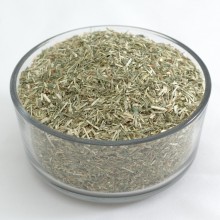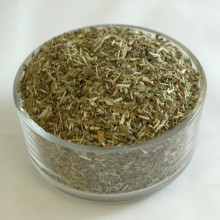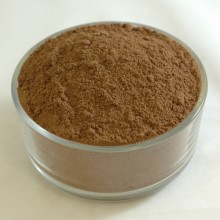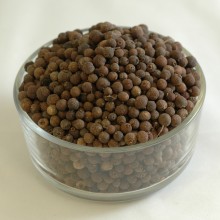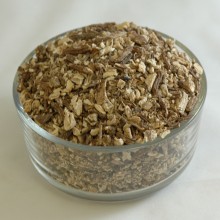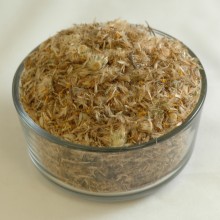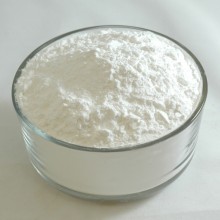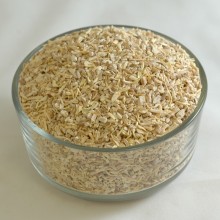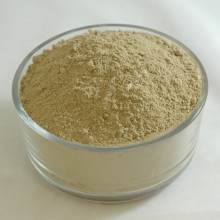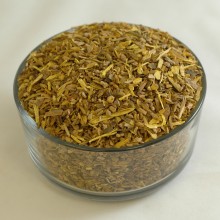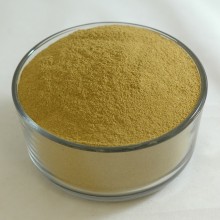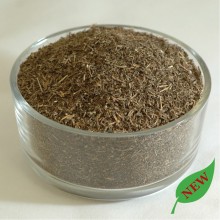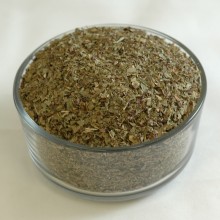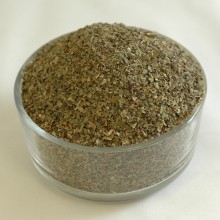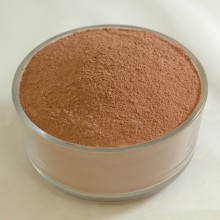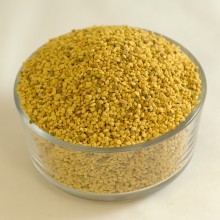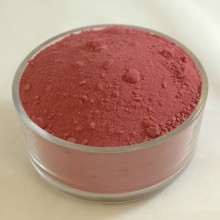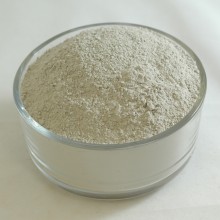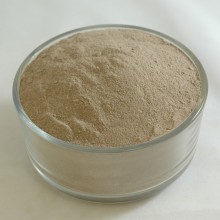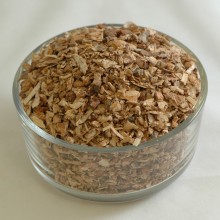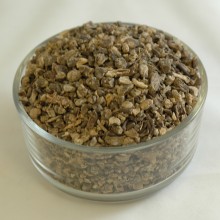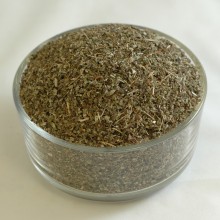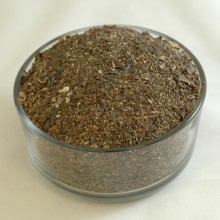Search
Products meeting the search criteria
Agrimony Herb Cut
Description: Agrimony was one of the most famous vulnerary herbs. The name Agrimony is from Argemone, a word given by the Greeks to plants which were healing to the eyes. Botanical Name: Agrimonia eupatoria Common names: Agrimony, Cockle..
Alfalfa Leaf Cut - Organic
Description: Alfalfa is an age-old herb, cultivated since before the era of ancient Greeks and Romans for use as livestock fodder. Once known to Arabians in the Middle East as the “father of all herbs”, alfalfa is said to cont..
Alfalfa Leaf Powder - Organic
Description: Alfalfa is an age-old herb, cultivated since before the era of ancient Greeks and Romans for use as livestock fodder. Once known to Arabians in the Middle East as the “father of all herbs”, alfalfa is said to contain ..
Alfalfa Mint Cut - Organic
Description: A blend of Alfalfa Leaf Organic and Peppermint Leaf Organic INCI Name: Medicago Sativa Leaf and Mentha Piperita LeafSafety guidelines: Not recommended for use by persons taking blood thinning agents...
Allspice Ground
Description: Allspice takes its name from its aroma, which smells like a combination of spices, especially cinnamon, cloves, ginger and nutmeg. Whole dried allspice will keep indefinitely when kept out of light in airtight jars.Botanical Name:&nbs..
Allspice Whole
Description: Allspice takes its name from its aroma, which smells like a combination of spices, especially cinnamon, cloves, ginger and nutmeg. Whole dried allspice will keepindefinitely when kept out of light in airtight jars.Botanical Name: Pi..
Angelica Root Cut
Description: During the Great Plague of London in the late-mid 1600’s, a monk claimed an angel visited him in his dreams and presented Angelica as the cure for the epidemic. After this, it was regarded as “the antidote” to the plague. Royal public..
Arnica Flowers Whole
Description: Arnica flowers come from the daisy family that grows in Mexico and Southwest America. Closely related to Arnica Montana, this herb has long been a popular remedy; including use by Native American Indians who combined the flower..
Arrowroot Powder
Description: Arrowroot refers to the starch that has been harvested from the rhizomes (root-stock) of several tropical plants, traditionally Maranta arundinacea. Often used as a flour/thickener substitute in allergen-free recipes; Arrowroot c..
Ashwagandha Root Cut
Description: Ashwagandha has been long praised as a longevity and vitality tonic by those who practice Ayurveda. It grows in the sunny, dry regions of India but can also be found growing in Nepal. In Sanskrit, Ashwagandha means “horse’s smell..
Ashwagandha Root Powder
Description: Ashwagandha has been long praised as a longevity and vitality tonic by those who practice Ayurveda. It grows in the sunny, dry regions of India but can also be found growing in Nepal. In Sanskrit, Ashwagandha means “horse’s smell”, ..
Astragalus Root Powder
Description: Traditionally used to strengthen inner Chi (Qi) and the immune system, astragalus root has been used in ancient Chinese medicine for centuries. Due to the root’s slightly sweet-tasting and warming effects, it has been historicall..
Barberry Root Cut
Description: Historically cultivated for its tart berries for culinary use, barberries were traditionally used in pickled dishes, jams, candies, and more. The root itself was used to make antipyretics, tonics, and other natural medicines. Due..
Barberry Root Powder
Description: Historically cultivated for its tart berries for culinary use, barberries were traditionally used in pickled dishes, jams, candies, and more. The root itself was used to make antipyretics, tonics, and other natural medicines. Due to..
Basil Holy Tulsi - Cut Organic
Description: Ocimum sanctum, or holy basil, is an aromatic plant that is native to the tropics of Asia and Africa, and is widespread as a cultivated plant and weed. It is a small shrub with many branches and strongly scented green leaves. The..
Basil Leaf Cut - Organic
Description: Some historical societies praised Basil as “kingly” and even considered it a token of love for the dead. It was cherished in India by those who practiced Ayurveda and was often used in tonics and salves. Contrarily, in many cultu..
Basil Sweet Cut
Description: Some historical societies praised Basil as “kingly” and even considered it a token of love for the dead. It was cherished in India by those who practiced Ayurveda and was often used in tonics and salves. Contrarily, in many cultu..
Bay Leaf Whole
Description: Bay leaves were once used by ancient Romans and Greeks to make crowns for royalty, nobles, heroes, and Olympians. Today, the florally herbaceous flavour of bay leaves is used to flavour soups, stews, meats, sauces and more.Botani..
Bayberry Bark Powder
Description: The bayberry plant has many uses, most notably is the use of it’s cooked berries to produce winter bayberry candles—hence the nickname “candleberry”.The bark is typically used in tinctures and poultices and in some countries, it is burne..
Bee Pollen Granules - Pure Canadian
Description: Bee pollen refers to the flower pollen that collects on worker bees and is then mixed with digestive enzymes to make pollen granules. Rich in vitamins and minerals, bee pollen is often used as a nutritional supplement; it is typically..
Beet Root Powder
Description: Originally, beet leaves and stalk were consumed while the roots were discarded or used for medicine. It wasn’t until the mid 1500s that Germany and Italy began recording cultivation of the plant for its bulbous roots. In 174..
Bentonite Clay Powder
Description: A colloidal clay consisting primarily of montmorillonite.INCI Name: Bentonite PowderApplication: Bentonite clay is used in wide variety of cosmetic products including bath products, facial masks and as emulsifier and thickener in skin ..
Benzoin Gum Powder
Description: Benzoin gum is the dried resin obtained from several trees in the styrax genus. It is commonly used in perfumes, incense, flavorings, and medicine due to its sweet vanilla-like aroma and its fixative properties.Botanical Name: St..
Birch Bark Cut
Description: Birch trees are known for their papery white bark and their beautiful red Autumn leaves. Historically, birch trees had an important role in the lives of indigenous people. Their bark was used to create wigwams, tee-pees, canoes, ..
Black Cohosh Root Cut
Description: Black Cohosh is a woodland perennial with deeply toothed compound leaves and racemes of pungent cream flowers in the summer. The large, creeping, knotting rootstock, scarred with the remains of old growth, produces a stem up to 9 fe..
Blackberry Leaf Cut
Description: Here in North America, blackberry bushes can be found growing naturally as an invasive weed. The prickly part is covered in delicious berries that can be to prepare jams, jellies, pies and more, while its leaves are typically enj..
Bladderwrack Seaweed Cut
Description: Bladderwrack was the original source of iodine (discovered in 1811), and is one of the most common type of seaweed found in the oceans. The name Bladderwrack, refers to the bladder-like air pods (vesicles) that keep the plant a..


